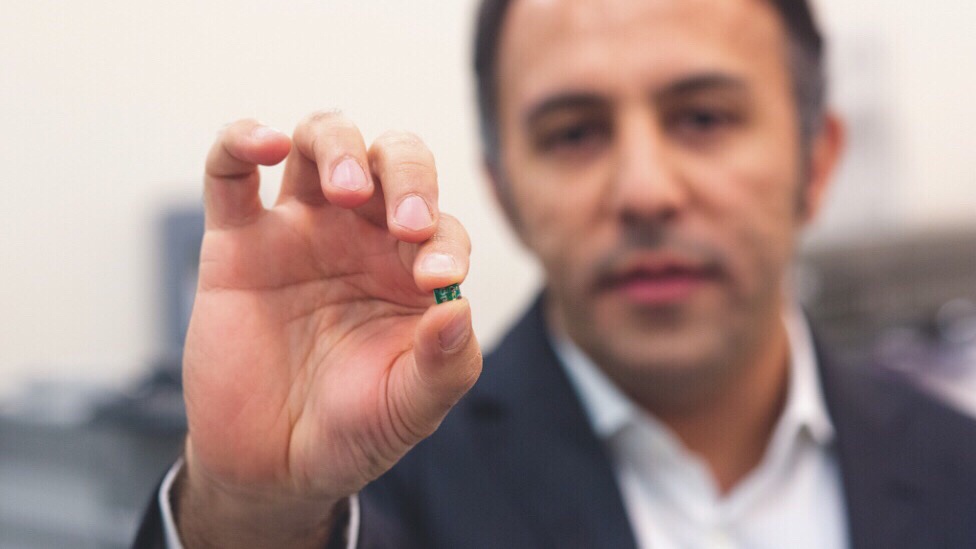“The ‘Triple Crown’ of treating both the most common and the most lethal cardiac arrhythmias is external powering, wireless pacing and—far and away most importantly—cardiac defibrillation that is not only painless but is actually imperceptible to the patient. Our technology brings into sharp focus the remarkable possibility of achieving this goal.”
–Mehdi Razavi, MD, Director, Center for Electrophysiology Clinical Research and Innovations
THI doctors and engineers are committed to developing new pacing devices that will eliminate the need for batteries and wires and, more importantly, reduce the pain of the electrical shocks delivered by an implantable cardiac defibrillator.
Led by Mehdi Razavi, MD, Director of the Center for Elecrophysiology Clinical Research & Innovations, the team is performing some of the most groundbreaking research currently underway for patients with cardiac arrhythmias. This work involves collaboration with institutions across the US, including Rice University, University of California, Los Angeles (UCLA), University of Texas–Austin, and Texas A&M University.
The team is focused on innovations that will improve patients’ quality of life. The team’s success stems from its specific focus on translational research that innovates devices and techniques used to detect, manage, and treat various cardiac conditions, particularly arrhythmias.
Under Dr. Razavi’s leadership, THI’s electrophysiology research continues to attract important grant funding and high-profile collaborations.
Both the Society for Biomaterials and the Heart Rhythm Society recognized the team for its important contributions and invited the team to present at annual meetings and share the ongoing and cutting-edge projects at THI.
Progress Toward a Wireless Pacemakers With Shockless Defibrillator
Pacemakers in use today rely on electrical signals to prompt the heart to keep a steady beat. These devices are implanted under the skin, where surgeons can periodically replace their onboard batteries with minor surgery. Being located away from the heart, pacemakers transmit their electrical signals to it via wires called “leads.” Some of the common problems with this arrangement are complications related to the leads, including bleeding and infection.

Dr. Razavi and team’s new pacemaker reduces these risks by doing away with leads. Although some leadless pacemakers already exist, their designs limit them to pacing a single heart chamber; they cannot provide dual-chamber or biventricular pacing. In contrast, the team’s pacemaker uses battery-less, leadless, wirelessly powered microchips that can be directly implanted to pace multiple points inside or outside the heart.
The small chips at the system’s heart are less than four millimeters wide and are mounted on a circuit board that is a fraction of the size of a penny. In preclinical testing, the team demonstrated that the device could significantly tune the heart rate.
In 2018, the team reached critical milestones and completed wireless pacing studies featured on the cover of the November issue of the Journal of Cardiovascular Electrophysiology.

Photo Credit, Cody Duty | Texas Medical Center
Innovating to Make ICDs Less Painful
These little chips could soon improve implantable cardioverter defibrillators (ICDs).
“Often used to prevent sudden cardiac death in patients with life-threatening arrhythmias, ICDs are very effective, but they do have drawbacks. Most notably, the electric shock the device imparts to the heart when it falls out of rhythm can be very painful,” says Dr. Razavi.
These chips could not only decrease the physical size of ICDs but could also provide much smaller shocks, returning the heart to its normal rhythm without the patient even noticing.





